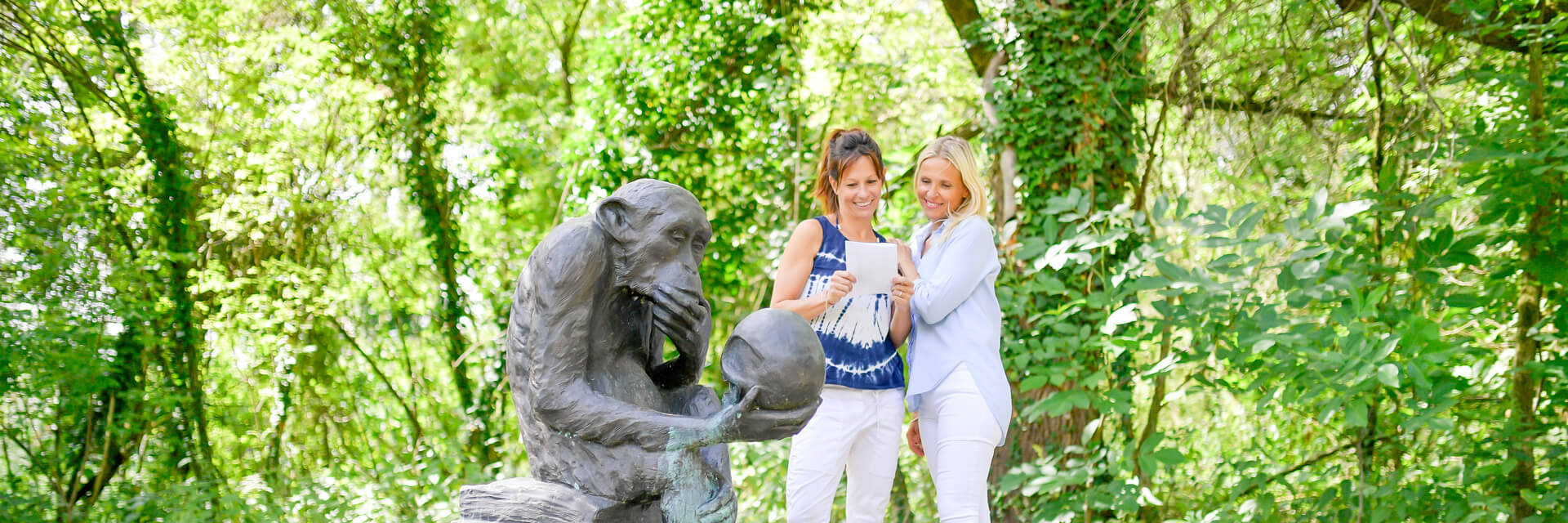From the Egon Schiele Museum with a modern design to the colourful Hundertwasser ship “Regentag” and the historical Roman Museum in the historical old town: The interesting contrasts and surprising consonances make Tulln a small, but delightful art town.
Idyllic views of the town, picturesque landscapes and provoking portraits.Egon Schiele achieved fame with these images. A special museumat the Donaulände is dedicated especially to his interesting biography - with modern and innovative means of presentation. You can immerse yourself in Schiele’s youth at his birth house by the main train station, which has been set up as a world of discovery. The Schiele trail takes you through the town to some important stations of his childhood. At the site of GARTEN TULLN, there is a special garden with a floral interpretation of his art.
There are also some buildings worth seeing in Tulln: the late baroque Minorite Church, the 100-year-old municipal parish church, the late Romanesque Tulln ossuary and Roman and town tower.
Recommendation: The booklet “Tulln Old Town Guide“ offers interesting stories surrounding the Tulln old town.
Frequently asked questions by our guests:
What does the Nibelung memorial at the Donaulände depict?
The Nibelung memorial shows the scene “Encounter of Kriemhild, queen of Burgundy, and the king of the Huns Etzel” from the Song of the Nibelung that took place in Tulln.
Was Egon Schiele born in Tulln?
That is correct - Schiele was born as the third child of Adolf and Marie Schiele on 12 June 1890 at his father’s residence by the Tulln train station and spent his childhood as the son of the stationmaster in Tulln.
Was Egon Schiele buried in Tulln? And what did Egon Schiele die of?
Egon Schiele died on 30. 10. 1918, at the age of just 28, of the “Spanish flu”. He was buried at the Ober St. Veit cemetery in Vienna next to his wife. Egon’s parents Adolf and Marie, as well as his older sister Elvira, were buried in the Schiele family grave in Tulln.
What do the panels at the water park mean?
The sculptures are part of the project ‘Art in Public Space’. They were developed by the British artist Nils Norman and, as an art object disguised as a guidance system, they allude to the maze of energy-producing countries, expensive raw materials and the many variants of alternative energies.
Why is the ship Regentag moored at the guest harbour?
The ship Regentag came to Tulln as part of the first major Hundertwasser exhibition in the year 2004 in Tulln. Friedensreich Hundertwasser lived and painted for 10 years on the “Regentag”, it was his home, his country, his base.

